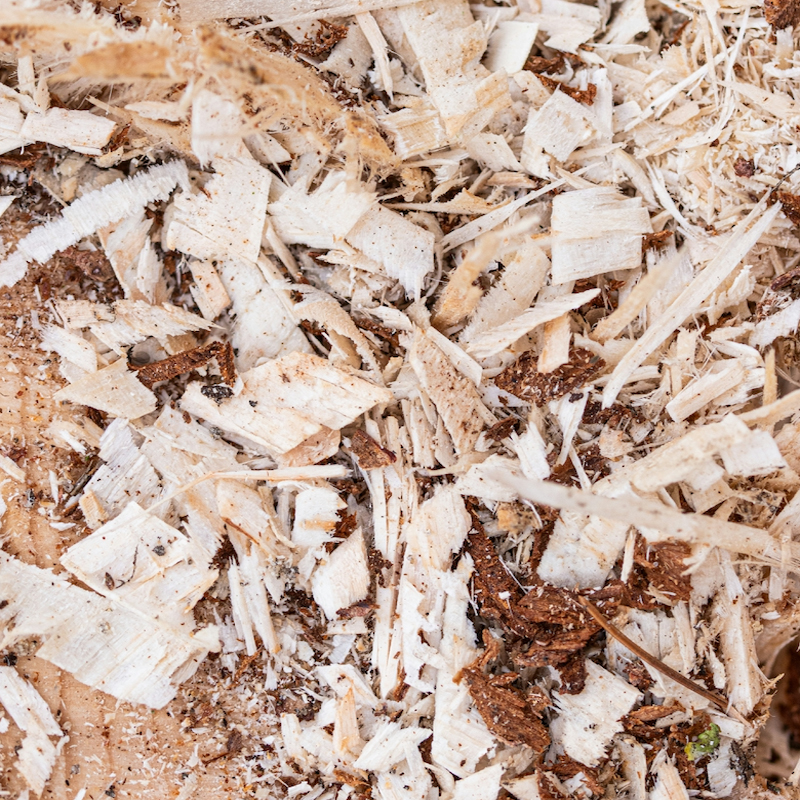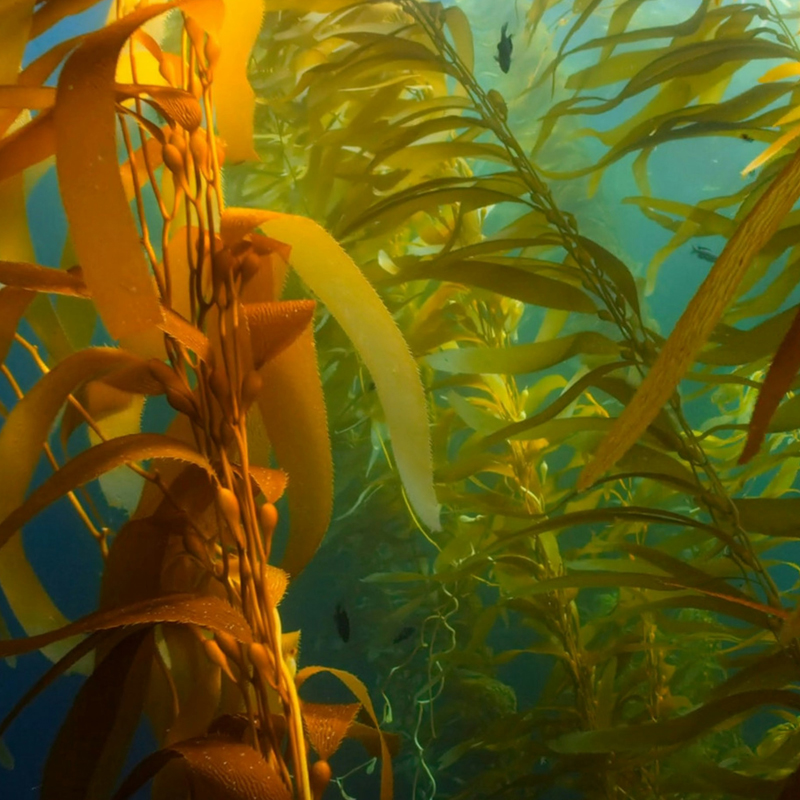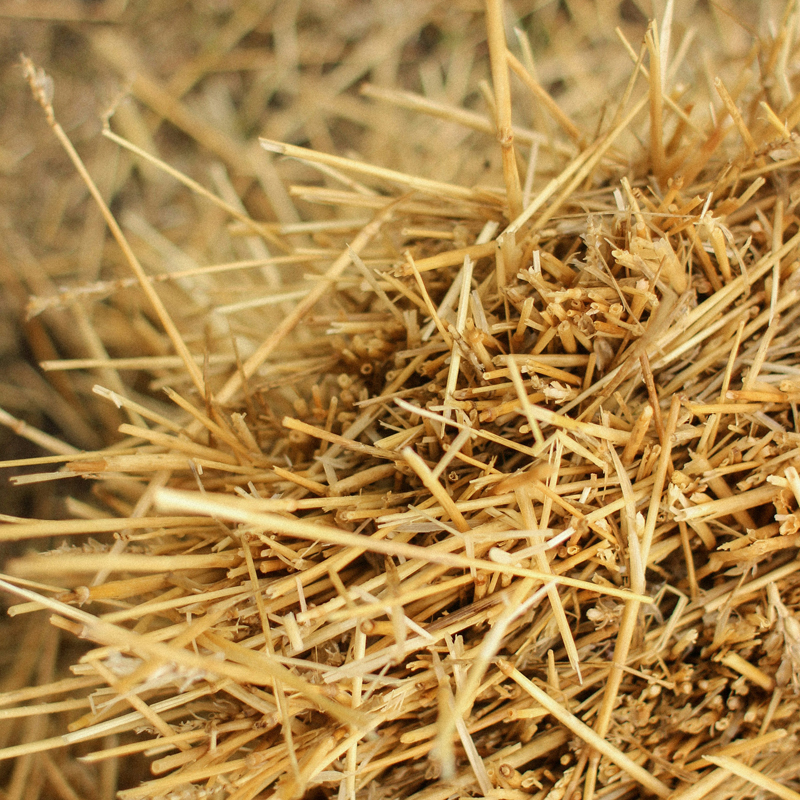A Blog Post from Udo Greif
A Good Form Needs Good Content!
In architecture and construction projects, the question often arises: Is the outer form or the inner content more important? The answer is simple: both. A good form without substance remains superficial, while excellent content is lost in a poor form. That’s why both elements must go hand in hand—especially in sustainable construction.
The BONO.BLOCK: Where Form Meets Function
With the BONO.BLOCK, we have developed a form that enables sustainable, modular, and circular construction. The individual elements can be easily connected—quickly, stably, and so effortlessly that it almost feels like a game. The structure is made of wood from sustainable forestry and already serves as an effective CO2 storage.
However, the outer form alone is not enough. The content is just as crucial. The filling of the wall element significantly impacts the environmental balance, energy efficiency, and living quality. That’s why we rely on ecological insulation materials that support sustainable construction methods.
Ecological Insulation Materials
Sustainable insulation materials not only contribute to a building’s energy efficiency but also help reduce its ecological footprint. They improve indoor air quality, are health-friendly, and are often biodegradable at the end of their life cycle.
The BONO.BLOCK can be flexibly filled with the following ecological insulation materials:
Wood Fiber
Wood fiber is a diffusion-open insulation material. It is primarily made from residual and by-products of the wood industry. With a low CO2 footprint, it helps reduce environmental impact. Wood fiber insulation is mainly used in panel form for interior and exterior walls, as well as in ceiling and roof structures.
- Density: 110 kg/m²
- Thermal conductivity: 0.039 W/mK
- Fire classification: B2 – normally flammable
- End of life: Compostable

Flax
Flax, also known as linen, is a natural plant widely used in the textile industry. However, its fibers can also be processed into insulation materials. As a rapidly renewable resource that grows without pesticides, flax is far more environmentally friendly than many synthetic insulations. Flax fiber insulation is available in panel form, as loose-fill, or as stuffing wool.
- Density: 30-40 kg/m²
- Thermal conductivity: 0.035-0.070 W/mK
- Fire classification: B2 – normally flammable
- End of life: Compostable

Seagrass
Seagrass is a natural insulation material harvested in large quantities from the ocean. Thanks to the natural salts in seawater, it has excellent resistance to mold and fire. The dried fibers are used as loose-fill insulation, bulk fill, or stuffing wool.
- Density: 35-70 kg/m²
- Thermal conductivity: 0.039-0.046 W/mK
- Fire classification: B2 – normally flammable
- End of life: Compostable

Blown-In Straw
Straw is a natural byproduct of grain cultivation. The bales are processed into fibers of about 5-30mm in length, making them suitable for blow-in insulation. By sourcing the raw material directly from local fields, the CO2 footprint can be kept to a minimum.
- Density: 105 kg/m²
- Thermal conductivity: 0.042 W/mK
- Fire classification: B2 – normally flammable
- End of life: Reusable or compostable

Sheep Wool
Sheep are shorn 1–2 times per year. The raw wool contains impurities, which are carefully washed with soda and soap to remove dirt and odors. It is then treated against moths before being processed into insulation mats, impact sound insulation felt, and stuffing wool.
- Density: 20 kg/m²
- Thermal conductivity: 0.04 W/mK
- Fire classification: B3 – easily flammable
- End of life: Compostable


Udo Greif
Co-Founder | Head of Innovation